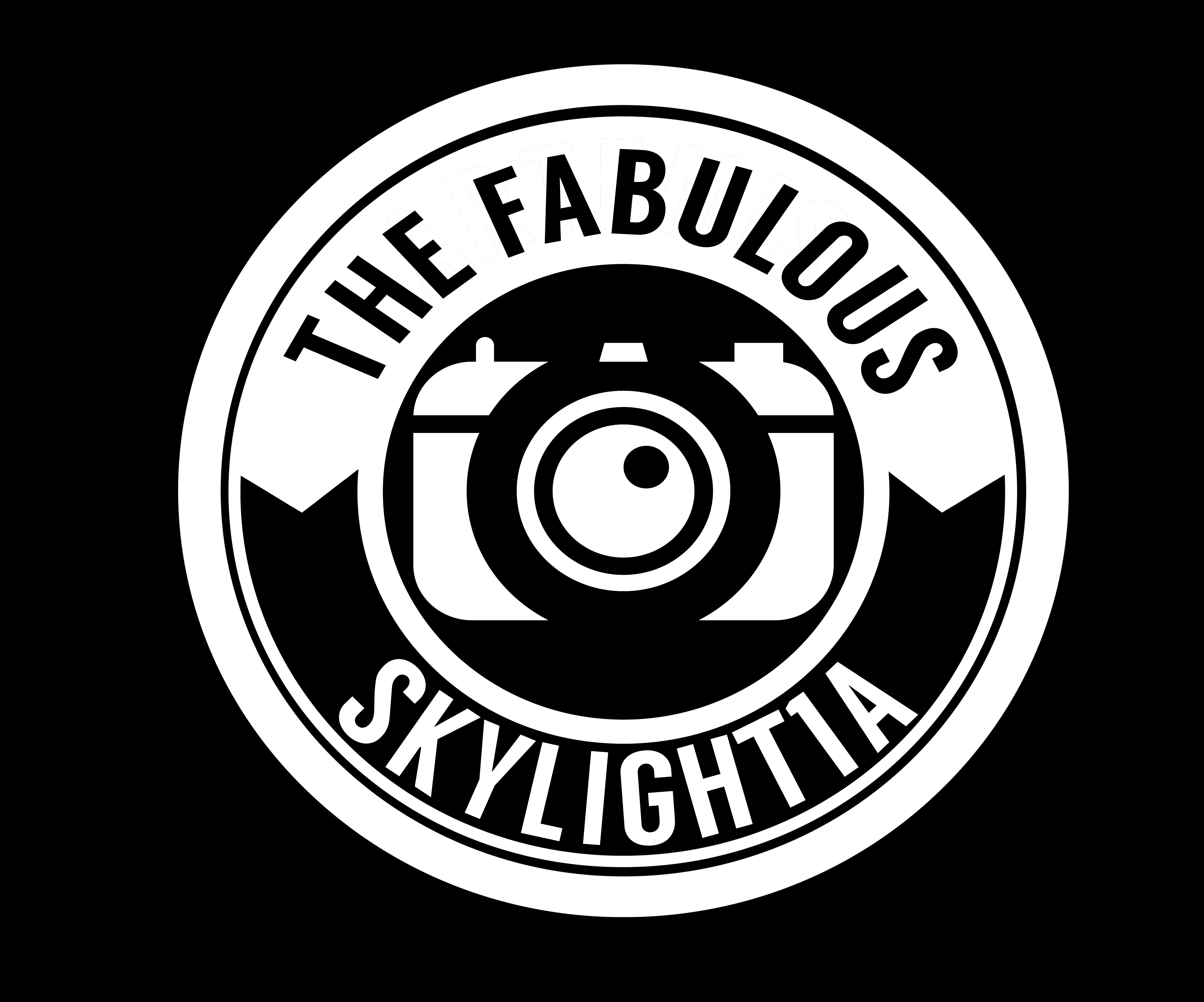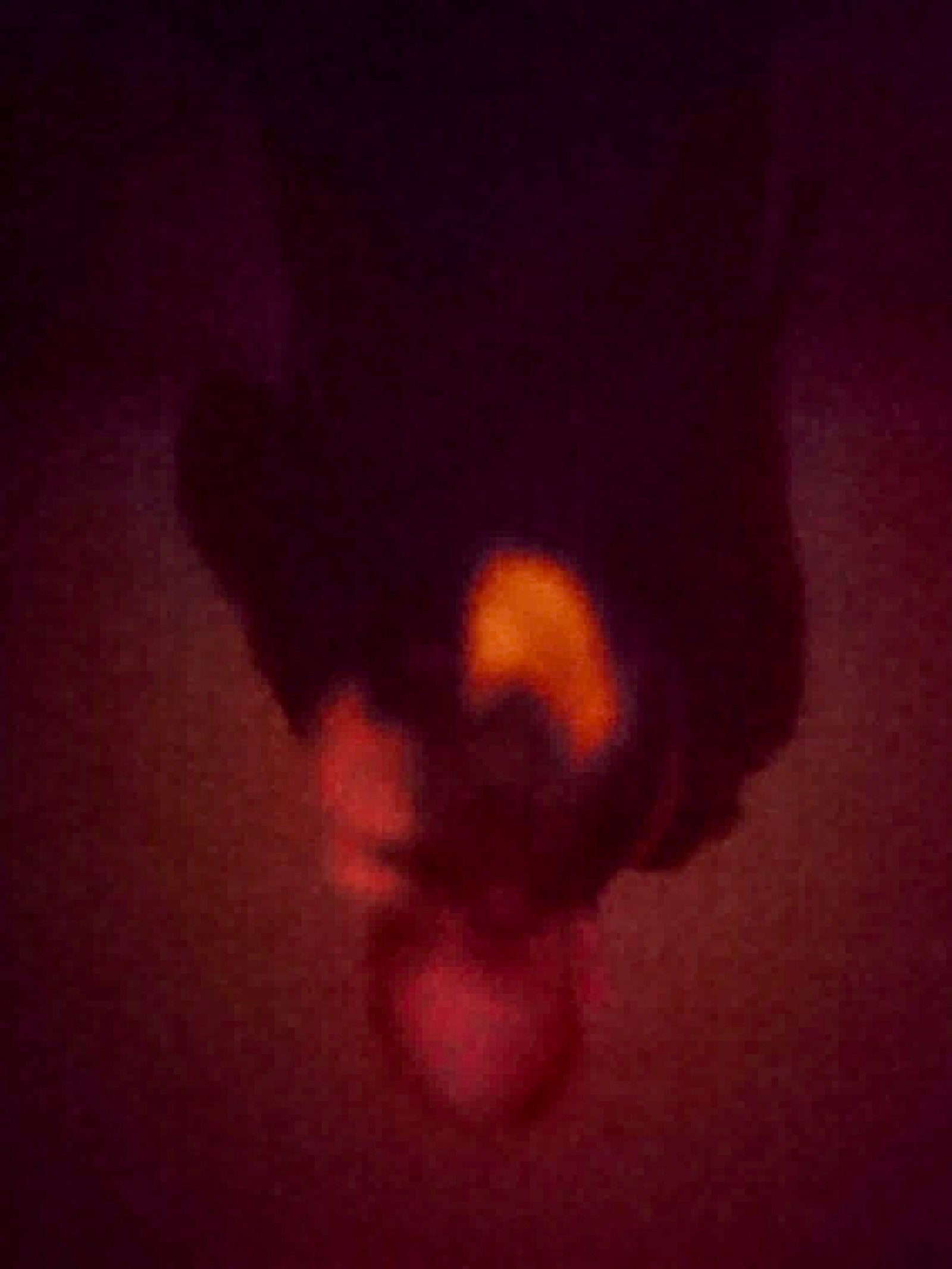
"You must remember this - a kiss is still a kiss," it says in Casablanca and Sam plays it again. Although there is also the kiss of death or Judas, a kiss is one of the tenderest but also most passionate proofs of love that one person can give to another and is often an expression of passion and desire. What does this have to do with artificial intelligence? Maybe nothing at first glance.
At second glance, however, a lot. When Robert Doisneau published his famous picture "The Kiss in front of the Hôtel de Ville" in Life Magazine in June 1950, its main purpose was to portray France as a den of sin. The text of the photo report said "In Paris, young lovers kiss wherever they want, and no one seems to mind." At the same time, the photographer assured that the picture was not staged, but a snapshot: simply taken on the street, spontaneously by a couple who were kissing. In America, which is faithful to the Bible, this would be a scandal; in ultra-conservative, Catholic Paris, it is the order of the day, it is suggested.
But was it really like that? As we know today, no! Doisneau had hired two actors to play the scene for him. A fake news or a fake image that depicts a non-existent reality, but serves a purpose - to portray France in the post-war period as liberated and not just from the Nazis. How much fake news there is today in a wide variety of areas: political, social or even societal.
And in addition to the fake news, which is mostly expressed in words, there are now images artificially created by AI that seem to support the false truth. With AI, images can suddenly be created that show what didn't actually happen. Is this bad or the downfall of photography? In my opinion, no, if you know what kind of image you have in front of you - a contemporary document or an artificially created icon. However, with that made clear, why ignore this possibility? Even if it perhaps contradicts John Sarkozy's opinion: photography consists of showing, as a reaction to something that exists in the world.
Photography is a medium that tells stories and awakens emotions. But do these images necessarily have to be taken conventionally? Hasn't photography already undergone a few changes, such as the switch from film to digital chips? Then why not do without the chip too. Let's get back to conveying messages - or depicting reality. Both are not a contradiction and we have all the options available to us - let's use our creativity to do our job. And at the same time to remember the lady who made this image possible and iconic - Françoise Bornet, who has now died in Paris at the age of 93. Their kiss, even if staged, makes them immortal.
"You must remember this - a kiss is still a kiss", heißt es schon in Casablanca und Sam spielt es nochmal. Zwar gibt es auch den Todes- oder Judaskuss, doch ein Kuss ist einer der zärtlichsten aber auch leidenschaftlichsten Liebesbeweise, die ein Mensch einem anderen geben kann und oft auch ein Ausdruck von Leidenschaft und Begierde. Was das mit künstlicher Intelligenz zu tun hat? Vielleicht auf dem ersten Blick nichts.
Auf dem zweiten Blick jedoch sehr viel. Als im Juni 1950 Robert Doisneau sein berühmtes Bild "Der Kuss vor dem Hôtel de Ville" im Life Magazine veröffentlichte, diente es vor allem dem Zweck Frankreich als Sündenpfuhl darzustellen. Stand doch im Text der Fotoreportage "In Paris küssen sich junge Liebespaare, wo immer sie wollen, und niemanden scheint es zu stören". Gleichzeitig versicherte der Fotograf, dass das Bild nicht gestellt, sondern ein Schnappschuss sei: Einfach so auf der Straße aufgenommen, spontan von einem Pärchen, dass sich gerade küsste. Im bibeltreuen Amerika wäre dies ein Skandal, im erzkonservativen und katholischen Paris sei das an der Tagesordnung, wird suggeriert.
Doch war es wirklich so? Wie wir heute wissen nein! Doisneau hatte zwei Schauspieler engagiert, die die Szene für ihn spielten. Eine Fake News beziehungsweise ein Fakebild also, das eine nicht existente Wirklichkeit abbildet, aber einen Sinn erfüllt - Frankreich in der Nachkriegszeit als befreit darzustellen und das nicht nur von den Nazis. Wie viele fake news, die es heute in den unterschiedlichsten Bereichen gibt: politisch, sozial oder auch gesellschaftlich.
Und zu den fake news, die meist in Wörter gefasst sind, kommen jetzt noch durch AI künstlich erschaffene Bilder, die falsche Wahrheit noch untermauern zu scheinen. Mit AI können plötzlich Bilder geschaffen werden, die zeigen, was in Wirklichkeit nicht passiert ist. Ist das schlimm oder der Untergang der Fotografie? Aus meiner Sicht nein, wenn man weiß, was für ein Bild man vor sich hat - ein Zeitdokument oder eine künstlich erschaffene Ikone. Wenn das jedoch klargestellt ist, warum diese Möglichkeit außer acht lassen? Auch wenn sie vielleicht John Sarkozys Meinung widerspricht: Die Fotografie besteht aus dem Zeigen, als Reaktion auf etwas, das in der Welt existiert.
Fotografie ist ein Medium, dass Geschichten erzählt und Emotionen weckt. Aber müssen diese Bilder unbedingt konventionell aufgenommen sein? Hat Fotografie nicht schon weinige Wandel hinter sich, wie zum Beispiel der Wechsel vom Film zum digitalen Chip? Warum dann nicht auch noch auf den Chip verzichten. Besinnen wir uns darauf zurück, Botschaften zu vermitteln - oder die Wirklichkeit abzubilden. Beides ist kein Widerspruch und für beide stehen uns alle Möglichkeiten zur Verfügung - nutzen wir unsere Kreativität um unseren Job zu machen. Und gleichzeitig der Dame zu gedenken, die dieses Bild möglich und zu einer Ikone gemacht hat - Françoise Bornet, die jetzt mit 93 Jahren in Paris gestorben hat. Ihr Kuss, wenn auch inszeniert, macht sie unsterblich.

